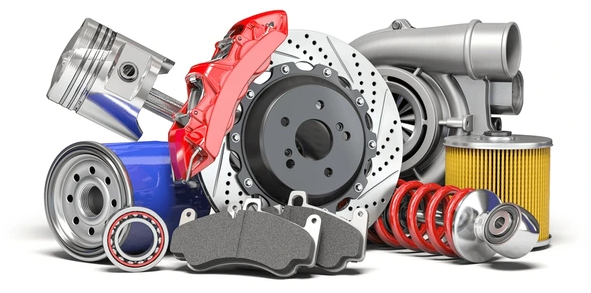Canada’s Auto Parts Market: What You Need to Know
Canada’s auto parts market plays a vital role in the automotive industry, providing essential components for vehicle manufacturing, maintenance, and repair. As one of the largest sectors in the Canadian economy, the auto parts industry not only supports the domestic vehicle market but also serves as a key exporter to international markets, particularly the United States. For consumers, understanding how this market operates, its trends, and what drives it can help make informed decisions when purchasing or investing in auto parts.
One of the significant aspects of best online auto parts canada market is its strong integration with North American supply chains. The Canadian auto industry is deeply connected to the U.S. and Mexico through the USMCA (United States-Mexico-Canada Agreement), which facilitates cross-border trade in automotive parts and vehicles. This integration allows for seamless production and distribution, enabling Canadian consumers and businesses to access a wide range of parts at competitive prices. As a result, many of the auto parts sold in Canada are sourced from both domestic manufacturers and international suppliers.
The market is also diverse, offering parts for various types of vehicles, including passenger cars, commercial trucks, and off-road vehicles. Canada’s harsh weather conditions, with long winters and icy roads, mean that there is strong demand for parts designed to enhance vehicle durability and safety. Parts such as winter tires, high-performance batteries, and rust-resistant components are especially popular. Additionally, the growing interest in electric vehicles (EVs) has spurred demand for specialized parts like EV batteries, charging systems, and other electric drivetrain components.
One of the emerging trends in Canada’s auto parts market is the increasing shift toward e-commerce. Online sales of auto parts have gained momentum as consumers seek the convenience of shopping from home, along with access to a broader selection of parts. Many online retailers provide detailed catalogs, allowing customers to search for specific parts by make and model. This has not only opened up the market to a wider audience but has also created competition, leading to better pricing and promotions for consumers. However, despite the rise of e-commerce, brick-and-mortar stores and authorized dealerships still play a critical role, particularly for consumers seeking in-person advice or installation services.
Sustainability is another key factor influencing Canada’s auto parts market. As environmental regulations become stricter and consumers prioritize eco-friendly choices, there is a growing demand for green auto parts. These include components that are either made from sustainable materials, are energy-efficient, or contribute to reduced vehicle emissions. Recycled and remanufactured auto parts have gained popularity as they offer a cost-effective and environmentally responsible alternative to new parts. Many Canadian manufacturers are also investing in the production of parts for electric and hybrid vehicles, further aligning with global trends toward greener transportation.
The economic health of the auto parts market in Canada is closely tied to the broader automotive industry. When car sales are strong, the demand for auto parts naturally increases, as manufacturers require parts for assembly lines, and consumers need components for repairs and maintenance. However, fluctuations in the economy, shifts in consumer preferences, and supply chain disruptions can impact the market. The COVID-19 pandemic, for instance, created significant challenges for the global auto parts supply chain, leading to shortages of certain components like semiconductors, which are critical for modern vehicles.
Despite these challenges, Canada’s auto parts market remains resilient and continues to grow. The country’s well-established manufacturing base, skilled workforce, and strong ties with the U.S. market make it a key player in the global auto parts industry. As technology advances, with developments in autonomous driving, EVs, and smart vehicles, the demand for innovative auto parts is expected to rise, offering new opportunities for businesses and consumers alike.
Understanding Canada’s auto parts market provides valuable insights into the trends shaping the automotive industry and what consumers can expect in terms of availability, pricing, and technological advancements. As the market continues to evolve, staying informed will help businesses thrive and consumers make smarter purchasing decisions.
